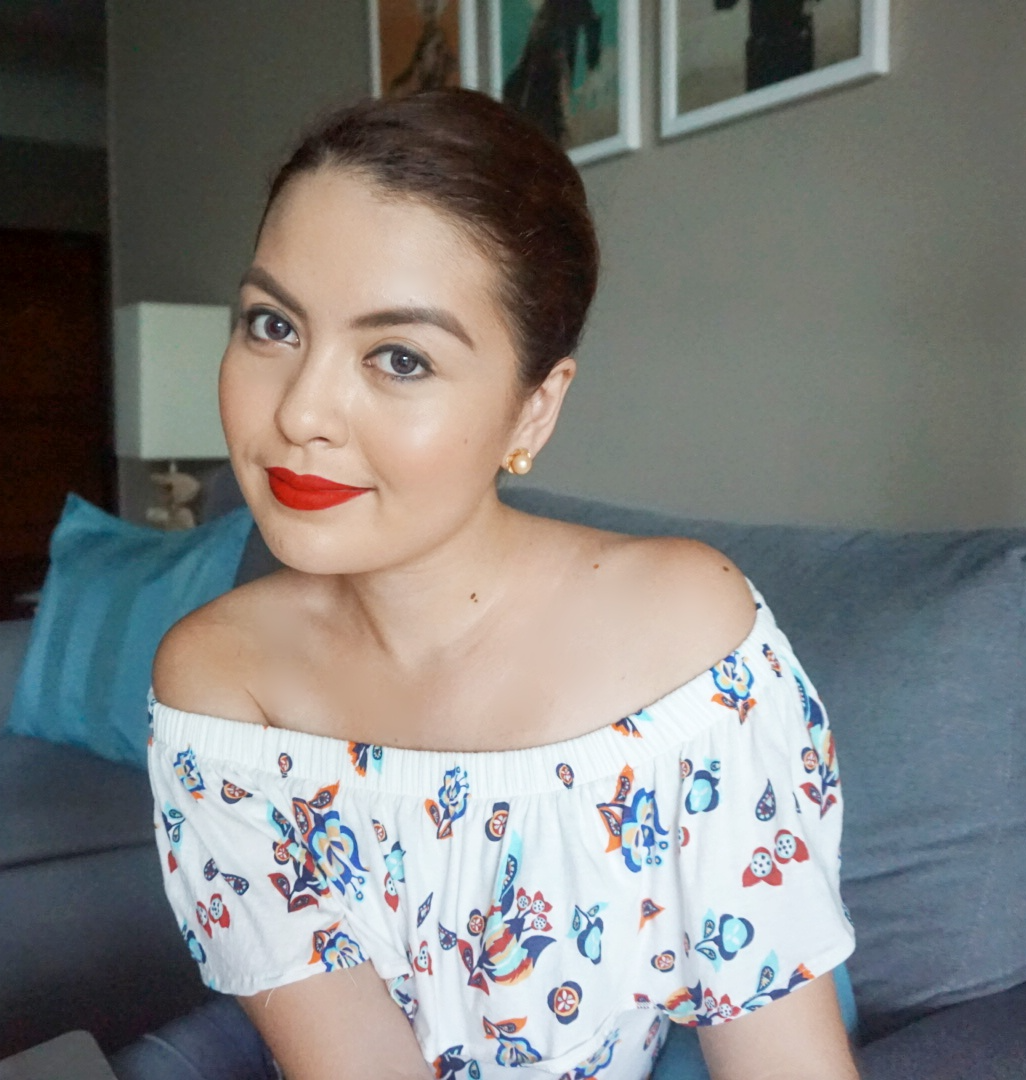**I’m finally starting an Etiquette Series! That took a while – like everything else that I promise, come to think of it. It’s not you guys – I’m sorry! It’s me and my workload. But here it is finally! Hope you enjoy this and find it helpful as well! xx**
So as not to commit a grave faux pas back when I was a diplomatic journalist, I read up on some of these topics. It turns out that proper introductions are sort of an art among certain crowds – I kid you not. Mix it in with protocol and then you get rules.
Back when I was a young(er) and cocky reporter, I scoffed at the thought of having rules for such seemingly minor things. Later on, however, I noticed the importance of it at formal events and made it to a point to remember how to do it properly – especially when I’m doing it for other people. We all want to be respectful, don’t we?
Introductions can be simple. Especially if it’s done at informal occasions. If you’re in a small group where people are just casually hanging out, it would be no big deal.
But at times when you find yourself as a journalist at formal events or as a diplomat’s wife in diplomatic receptions, it’s best to know these things so as not make a fool of yourself. Being knowledgeable of basic protocol always helps and has proven helpful for me through the years and I hope what you read in this post will be helpful to you too! 🙂
Introducing Yourself
This one is simple yet almost always tricky. On a lot of occasions, it’s usually enough to just go and say “Hello, my name is _____. Nice to meet you.” There’s also the classic slide up to a group and saying “Great party, right? Hi, I’m ____ by the way!”
However, when it comes to parties where protocol is observed, there are a few things to remember:
When introducing yourself, always look at people in the eyes and smile. A good introduction is composed of a greeting, followed by your name and affiliation, and telling the person that it’s a pleasure meeting them.
Person A: “Hello, I’m Isabel Garcia, cultural attaché of the Spanish Embassy. Lovely to meet you.”
Person B: “Hi, I’m Juana Cruz, I’m a freelance journalist and spouse of Andres Cruz of the Philippine Embassy. Nice to meet you too.”
A conversation usually ensues after the person replies with his/her name and affiliation. A lot of people find this point awkward and I always find it best to take my cue from their affiliation or where they come from to get it rolling. Say something nice and stay away from heavy topics like politics, religion, and money.

A bad example. 😉
Find the host. At a National Day? Find out who the Ambassador and his/her spouse is. There’s Google now so it’s easy. Introduce yourself properly either at the reception line or during the mingling period after the speeches. Say your name, your affiliation (which embassy, name of company, etc), and thank them for the invitation. It is always polite to introduce yourself and thank the hosts since they, of course, don’t remember and know everyone on their guest list.
Off topic: Chances are, you personally know other people from their embassy/consulate so don’t forget to thank them as well for the invitation.
If you’re a woman, be the one to first extend your hand for a handshake (if proper). Some cultures find it inappropriate for men to touch women so men tend to be more careful in such situations.
Making Introductions
Now we get to introducing people to each other. First things first. Ask yourself – of the two people you are introducing to one another, who’s of higher rank? You always introduce someone of lower rank to a person of higher rank. For example:
Mr High Ranking Person, I would like you to meet Mr Lower Ranking person.
Mr Lower Ranking Person, this is Mr High Ranking Person.
This, of course, is followed by some details that would be of interest to the other. Here’s a simple example:
Ambassador Smith, I would love for you to meet Third Secretary Richard Andrews of the US Embassy.
Richard, this is Ambassador John Smith of Australia.
Since I know both of you love golf, I thought I would make the introduction.
For introductions where titles don’t matter, here’s a cheat sheet:
- Among friends, you should introduce the one who’s more familiar to you first
- For people of different gender, introduce the man to the woman
- And lastly, remember that younger people are the ones who are introduced to older people
Determining the rank
The diplomatic circle has quite a number of ranks to remember. This is quite the hard bit to master, to be honest. However, here’s a basic cheat sheet.
- Ambassador (For Commonwealth countries, they use the term High Commissioner)
- Minister (Can be the Deputy Chief of Mission if the next highest ranking/most senior officer with this title after the Ambassador)
- Minister-Counsellor
- Counsellor
- First Secretary
- Second Secretary
- Third Secretary
- Attaché
- Assistant Attaché
There are also the consular ranks for consular missions.
- Consul General
- Consul
- Vice Consul
- Consular Attaché
For some embassies/high commissions, diplomats hold both a diplomatic and consular rank. For example, a junior officer can be a Third Secretary and Vice Consul. This is usually the case for diplomatic missions that heavily engage in consular tasks. In posts that are consulates, the officers only use the consular rank.
Hope you enjoyed this one! Questions and topic requests are welcome. Just leave a comment!
Love,
Carol







OMG This is a great tips babe 😀 Really nice!
Thanks love! See you this Feb! <3